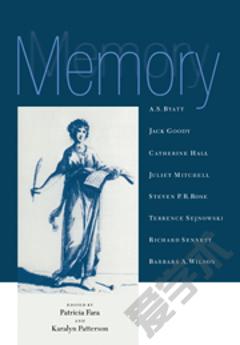Memory
Memory conveys the state of knowledge regarding human memory. This book is composed of seven parts beginning with a discussion on different memory structures and the processes that regulate the flow of information between those structures. A chapter follows on the distinction between explicit and implicit memory. Other chapters address the different aspects of storing information in long-term memory; how information in long-term memories is accessed; and the controlling and monitoring of such storage and retrieval processes. How memory capacities and characteristics vary as a function of individual differences and aging, as well as the implications of memory research for two real-world domains of strong interest: witness interrogation and testimony and the long-term retention of skills and knowledge, are also addressed. This handbook will be an important resource for students of human memory.
{{comment.content}}








 京公网安备 11010802027623号
京公网安备 11010802027623号